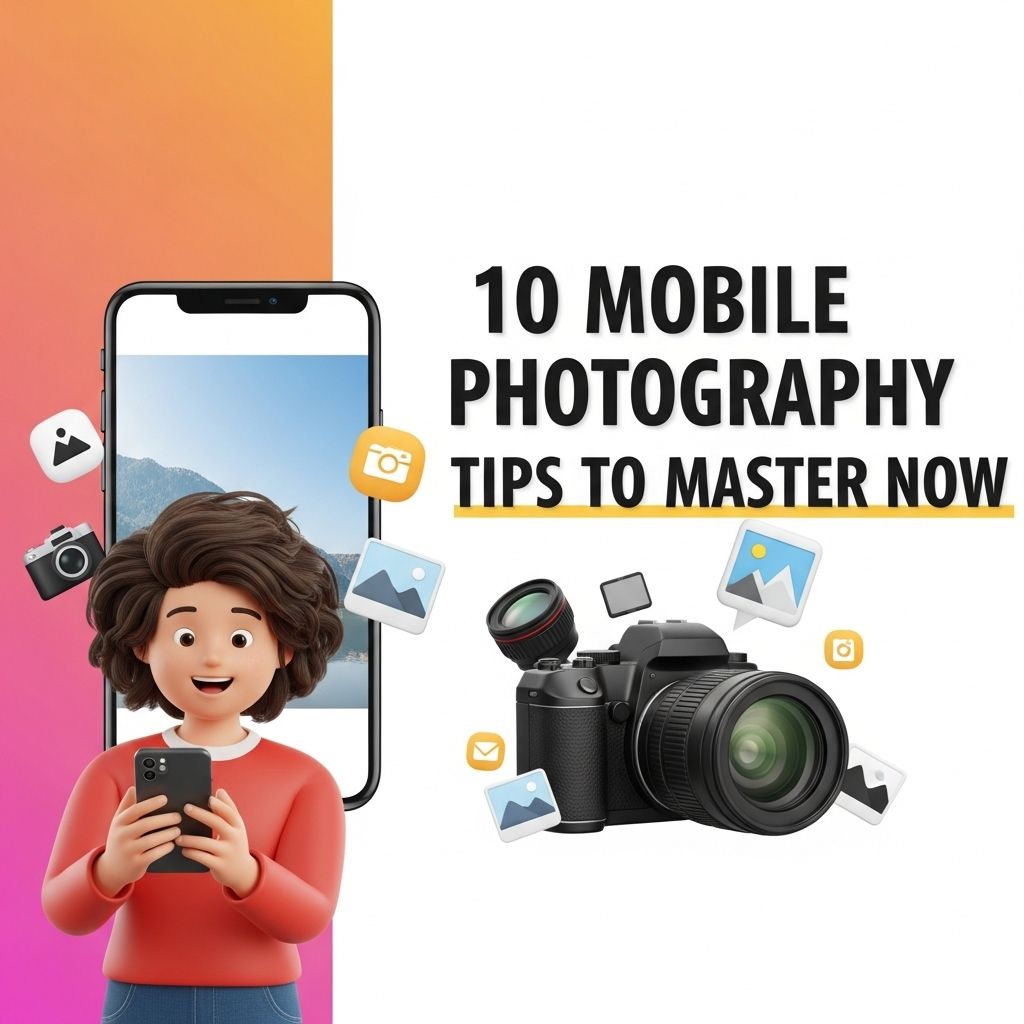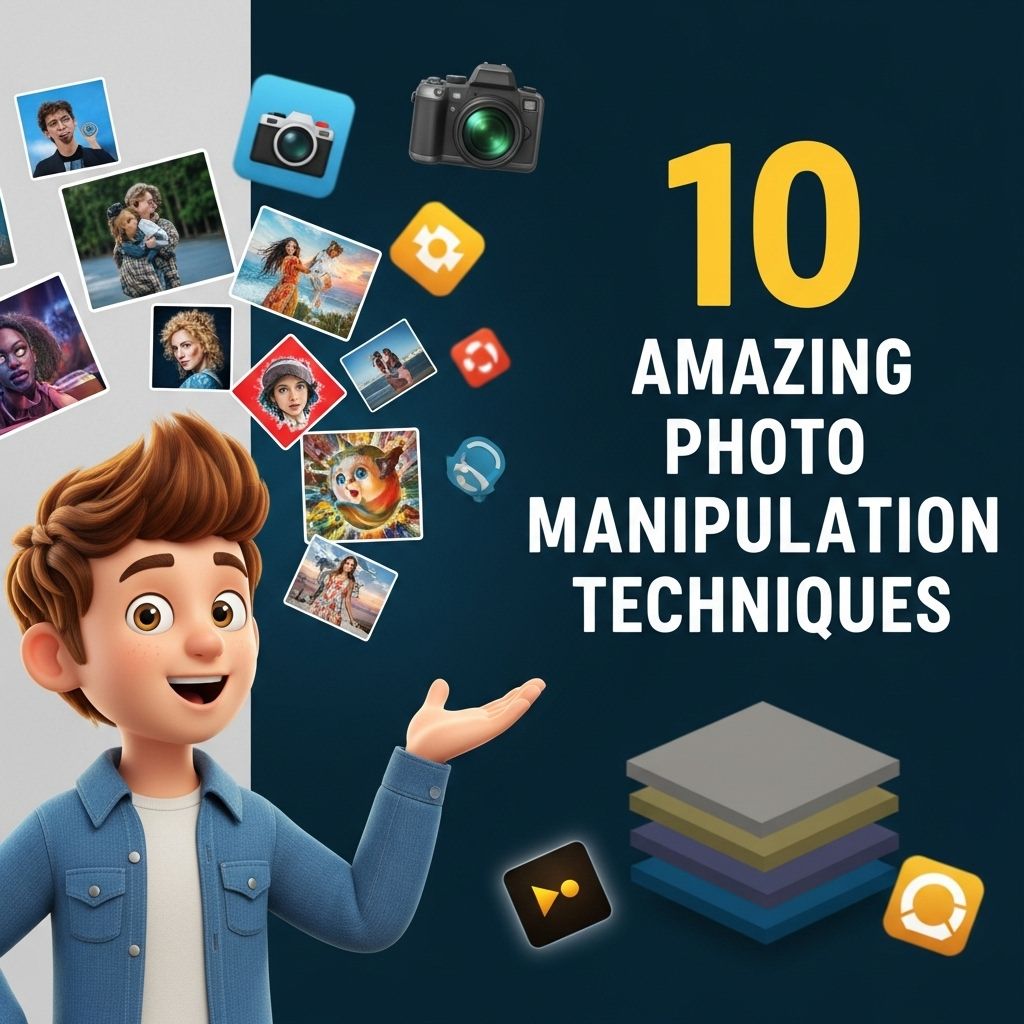In an age where smartphones are ubiquitous, capturing stunning photographs has never been more accessible. Whether you’re looking to enhance your social media presence or simply document life’s beautiful moments, mastering mobile photography is a skill worth developing. With just a few essential techniques and tools, you can elevate your photography game significantly. This guide will provide you with ten actionable tips to improve your mobile photography skills instantly.
Understanding Your Camera Settings
Before diving into advanced techniques, it’s crucial to familiarize yourself with your smartphone’s camera settings. Each phone model may differ slightly, but most offer similar features.
Common Settings to Explore:
- Resolution: Choose the highest resolution for better image quality.
- Grid Lines: Activate grid lines to adhere to the rule of thirds.
- HDR: Use High Dynamic Range for better contrast in challenging lighting.
- Focus Settings: Tap to focus on your subject for clearer images.
Lighting is Key
One of the most significant factors in photography is lighting. Poor lighting can ruin an otherwise great shot.
Types of Natural Light:
- Golden Hour: The hour after sunrise and before sunset offers soft, warm lighting.
- Overcast Days: Cloudy weather diffuses sunlight, reducing harsh shadows.
- Indoor Lighting: Use lamps or natural light from windows to illuminate your subject.
Composition Techniques
Great composition can turn a mediocre photo into a masterpiece. Here are a few essential techniques to consider:
Rule of Thirds
Divide your image into a 3×3 grid. Position key elements along these lines or at their intersections for a balanced composition.
Leading Lines
Use natural lines (like roads, pathways, or bridges) to guide the viewer’s eye to your subject.
Framing
Incorporate elements from the environment (like trees or buildings) to frame your subject and create depth.
Experiment with Angles and Perspectives
Don’t be afraid to explore different angles and perspectives. Here are some ideas:
Creative Angles:
- High Angle: Shoot from above to give a unique perspective.
- Low Angle: Capture your subject from below for an imposing look.
- Close-Ups: Get up close to reveal details often missed from a distance.
Editing Your Photos
Editing is an integral part of mobile photography. It can enhance your images and bring your vision to life.
Recommended Editing Apps:
| App Name | Key Features |
|---|---|
| Adobe Lightroom | Advanced editing tools and presets |
| Snapseed | User-friendly interface with various filters |
| VSCO | Film-like presets and a built-in social platform |
When editing, consider adjusting:
- Brightness and Contrast
- Saturation and Vibrance
- Sharpening and Clarity
Utilize Accessories for Enhanced Photography
While smartphones are powerful on their own, various accessories can significantly improve your mobile photography.
Must-Have Accessories:
- Tripod: Stabilizes your phone for long exposure shots.
- Lens Attachments: Add macro, wide-angle, or fisheye capabilities.
- External Flash: Provides additional light for nighttime photography.
Practice Makes Perfect
The best way to master mobile photography is through practice. Challenge yourself to take different types of photos regularly:
Photo Challenges to Try:
- 30-Day Photo Challenge: Capture one photo each day based on a prompt.
- Theme Days: Choose a theme like “nature” or “urban” for dedicated shooting.
- Editing Sessions: Spend time editing older photos to improve your skills.
Share and Get Feedback
Sharing your work not only showcases your talent but also allows you to receive constructive feedback. Consider these platforms:
- Instagram: A popular platform for photographers to share their work.
- Flickr: A community for photographers to connect and critique.
- Facebook Groups: Join photography groups for feedback and support.
Conclusion
Mobile photography is a rewarding endeavor that combines art and technology. By understanding your camera settings, utilizing natural light, experimenting with composition, and practicing regularly, you’ll be well on your way to capturing stunning images. Remember, the journey of improvement is ongoing, and every photograph is an opportunity to learn and grow. Now grab your smartphone and start shooting!
FAQ
What are the best settings for mobile photography?
The best settings often include turning off the flash, using HDR mode for high-contrast scenes, and adjusting the exposure manually to brighten or darken your image.
How can I improve my composition in mobile photography?
Use the rule of thirds by enabling the grid feature on your camera, and experiment with different angles and perspectives to create more dynamic compositions.
What lighting conditions are best for mobile photography?
Natural light is ideal for mobile photography. The golden hour, shortly after sunrise and before sunset, provides soft, warm lighting that enhances your photos.
How do I avoid blurry photos with my mobile device?
To avoid blur, ensure your hands are steady or use a tripod. Additionally, tap the screen to focus before taking a shot.
What editing apps are recommended for mobile photos?
Popular editing apps include Lightroom, Snapseed, and VSCO, which offer various tools for enhancing images, including filters, cropping, and exposure adjustments.
Can I shoot in manual mode on my mobile device?
Yes, many mobile photography apps offer manual controls that allow you to adjust settings like ISO, shutter speed, and white balance for more creative control.




